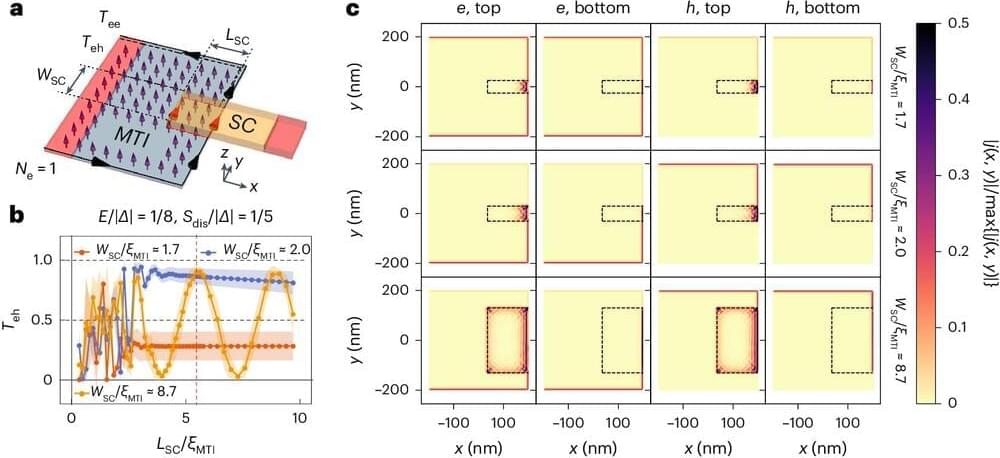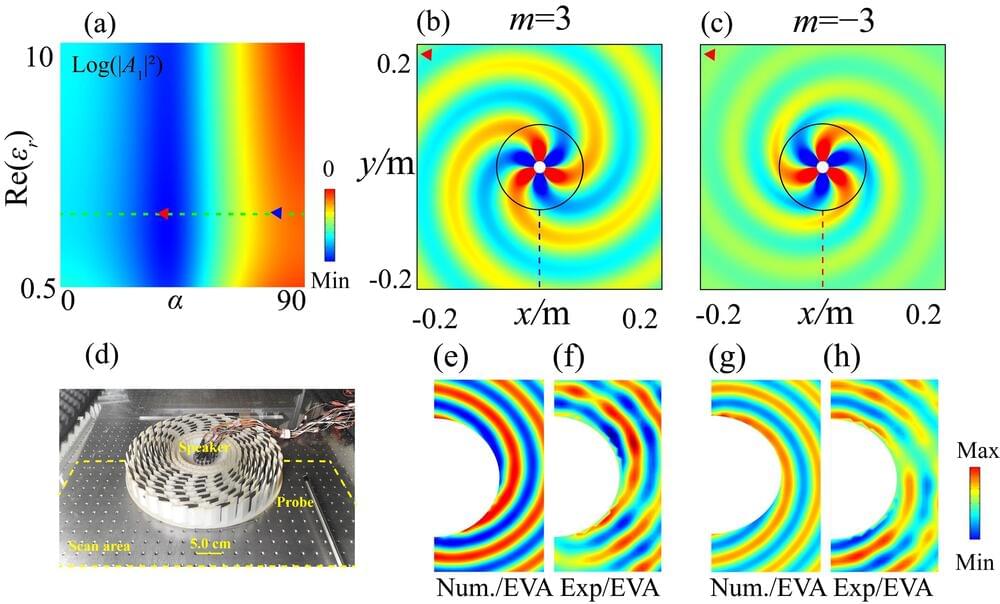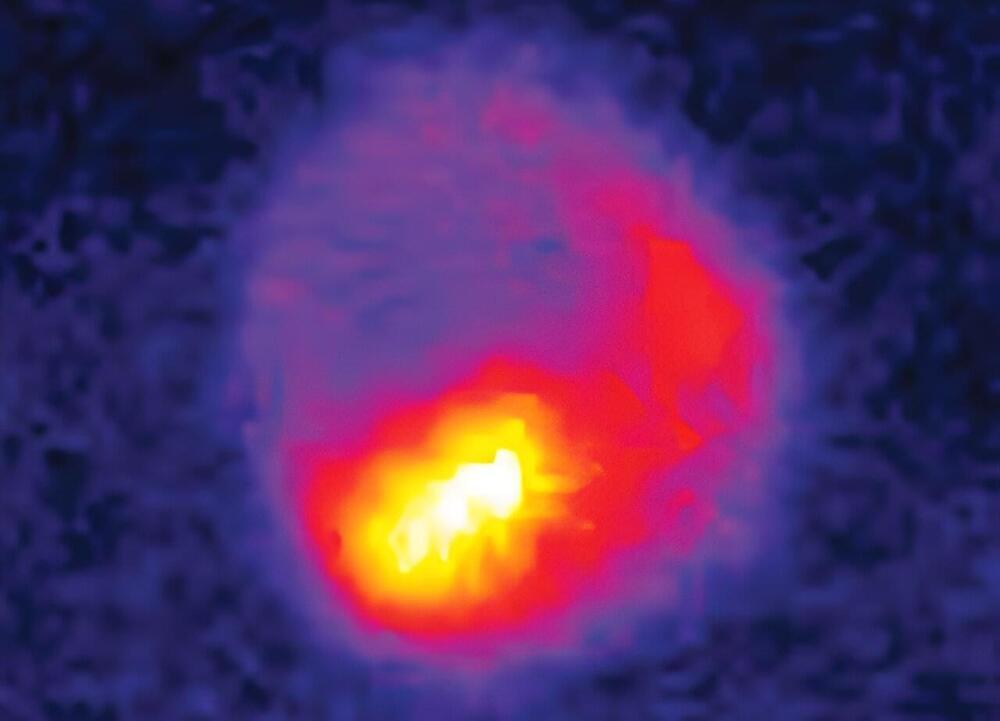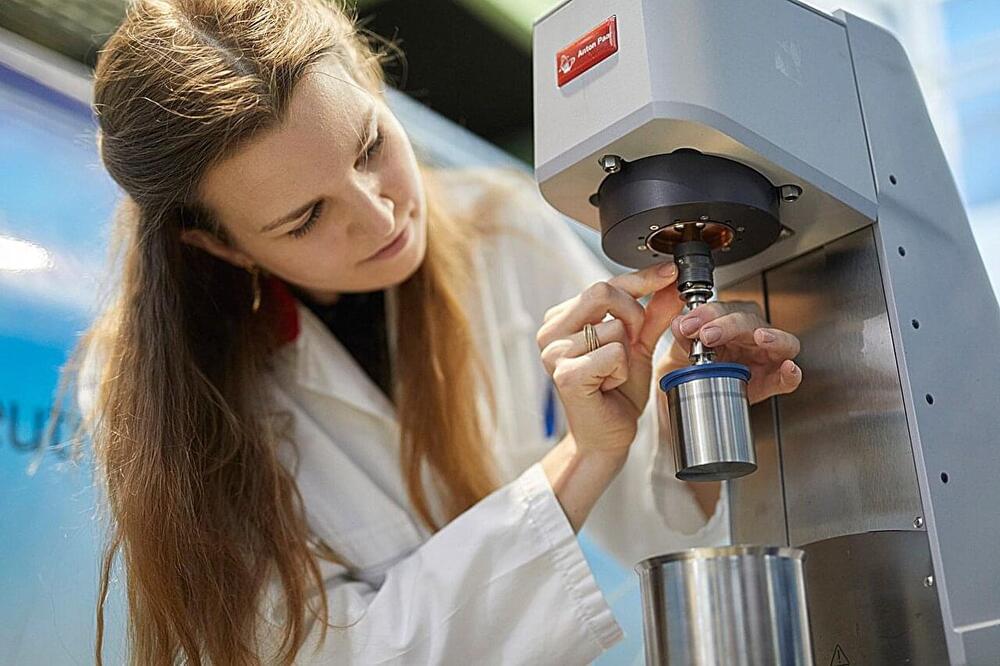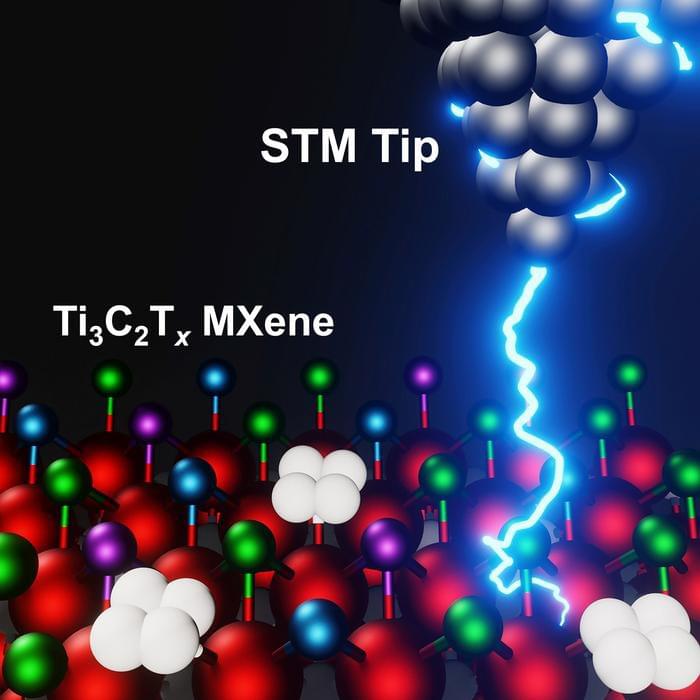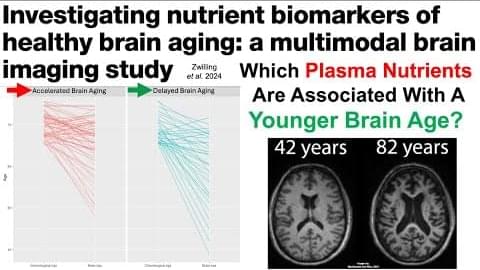Jul 10, 2024
Physicists move one step closer to topological quantum computing
Posted by Saúl Morales Rodriguéz in categories: computing, quantum physics
A team of experimental physicists led by the University of Cologne have shown that it is possible to create superconducting effects in special materials known for their unique edge-only electrical properties. This discovery provides a new way to explore advanced quantum states that could be crucial for developing stable and efficient quantum computers.
Their study, titled “Induced superconducting correlations in a quantum anomalous Hall insulator,” has been published in Nature Physics.
Superconductivity is a phenomenon where electricity flows without resistance in certain materials. The quantum anomalous Hall effect is another phenomenon that also causes zero resistance, but with a twist: It is confined to the edges rather than spreading throughout.
